Forces on Moving Charges in Magnetic Fields: Comprehensive Guide
Magnetic fields play a vital role in physics, enabling the interaction of charged particles and magnetic forces. Unit 4 explores these phenomena, focusing on how magnetic fields influence moving charges and interact with electric fields. This knowledge forms the foundation for understanding key applications such as particle accelerators, mass spectrometers, and even auroras.
Overview
In earlier units, we examined electric fields and their ability to create forces between charges. Now, we delve into magnetic fields, understanding their origin and how they interact with moving charges and electric fields.
Exam Relevance: Magnetic fields constitute 17-23% of the AP Physics exam.
Estimated Time: This unit typically requires 13-26 class periods to cover.
AP Classroom Practice: Approximately 30 multiple-choice questions and one free-response question are available for practice.
4.1: Forces on Moving Charges in Magnetic Fields
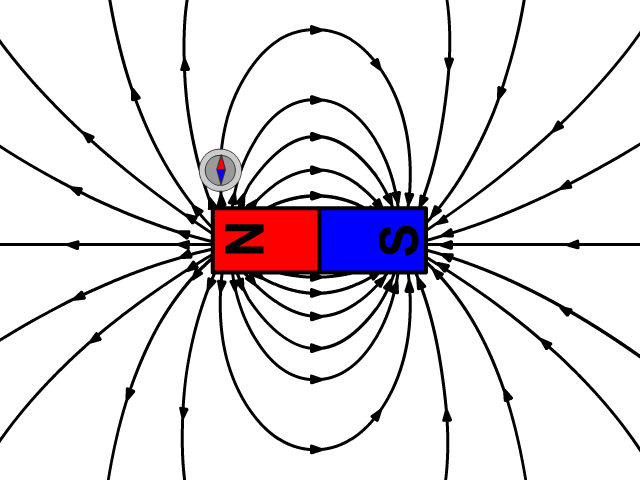
What Does a Magnetic Field Look Like?
Magnetic fields are visualized using magnetic field lines. These lines illustrate the direction of the magnetic force, pointing from the north pole to the south pole of a magnet. Key properties include:
Field Strength: Represented by the density of lines; closer lines indicate a stronger field.
Earth’s Magnetic Field: Protects us from cosmic radiation, guiding charged particles along field lines to create auroras.

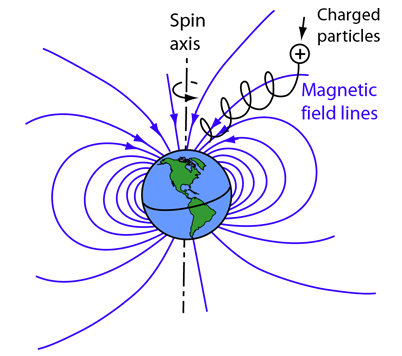
Magnetic Force
A charged particle moving through a magnetic field experiences a force perpendicular to both its velocity and the magnetic field. The force is given by:
Where:
: Magnetic force (N)
: Charge of the particle (C)
: Velocity (m/s)
: Magnetic field strength (T)
Conditions for Magnetic Force
The particle must be charged.
The particle must be moving.
A magnetic field must be present.
The velocity and field must not be parallel.
Right-Hand Rule (RHR)
The RHR determines the direction of the magnetic force:
Point your thumb in the direction of the velocity.
Point your fingers in the direction of the magnetic field.
Your palm faces the direction of the force for a positive charge.
For negative charges, reverse the direction of the force. Alternatively, use the left-hand rule for negative particles.
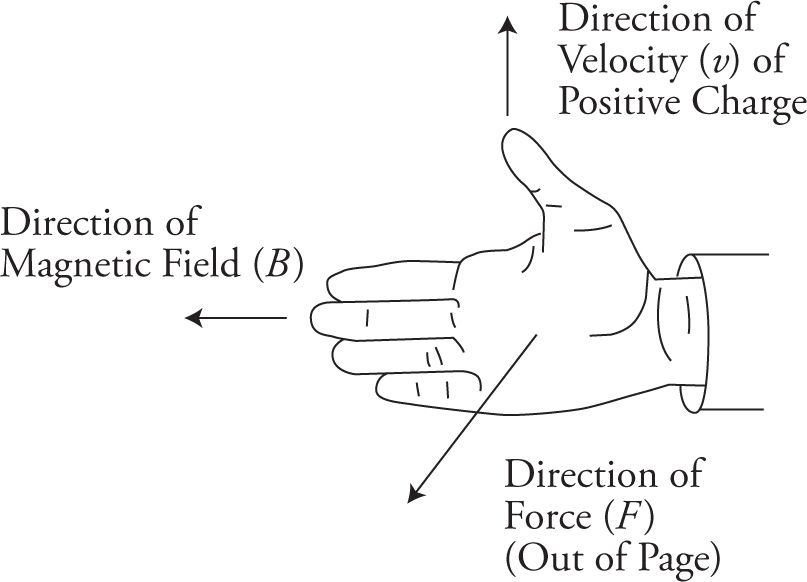
Paths of Charged Particles
Because the magnetic force is always perpendicular to the velocity, charged particles follow curved paths in a magnetic field. If the motion is uniform circular motion (UCM), the radius of the path is:
Where:
: Mass of the particle (kg)
: Velocity of the particle (m/s)
: Charge of the particle (C)
: Magnetic field strength (T)
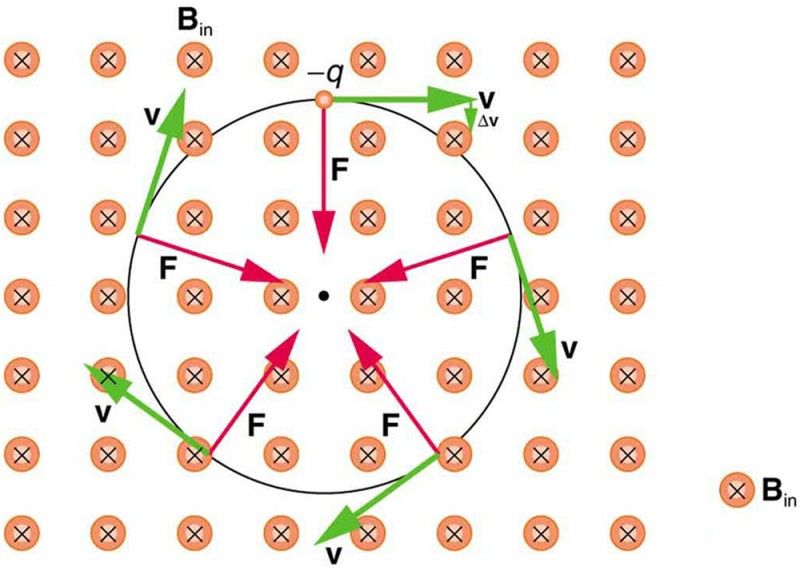
Applications of Magnetic Forces
Cathode Ray Tubes
Old TVs: Magnetic fields steer electron beams to create images on screens.
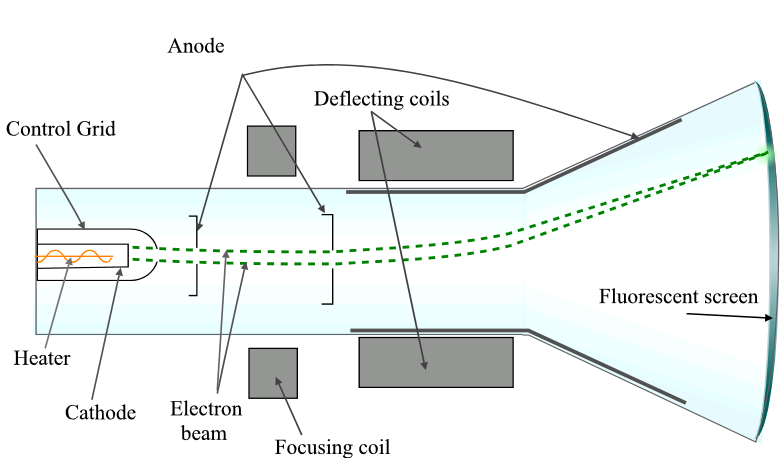
Particle Accelerators
Use Case: Identify particles by analyzing their curved paths in a magnetic field.
Example: In particle collision experiments, curved spirals indicate the particle’s charge and mass.
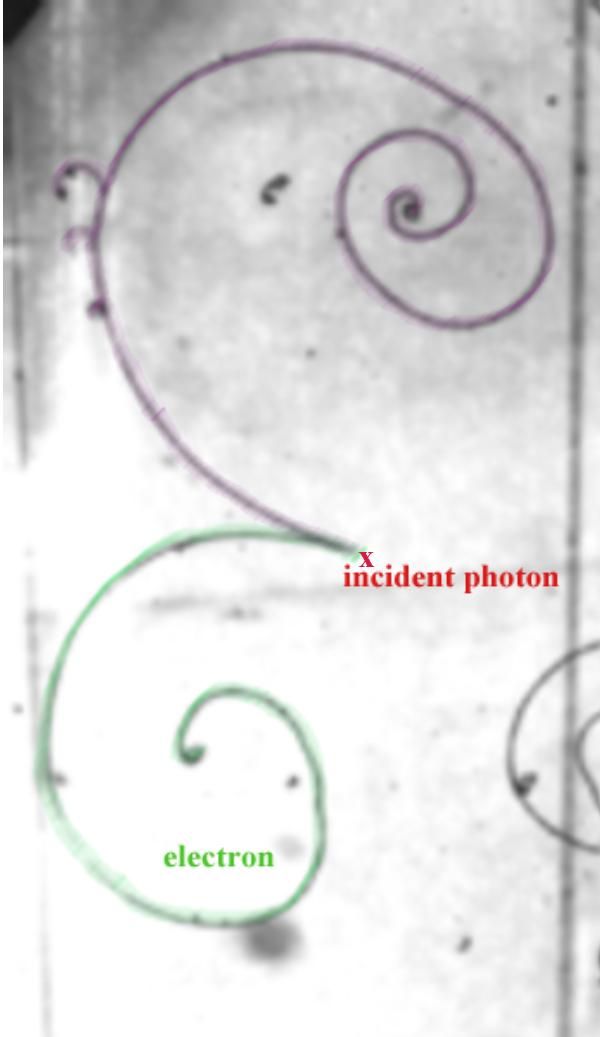
Mass Spectrometers
Principle: Uses electric and magnetic fields to filter and identify particles based on their mass-to-charge ratio.
Mechanism:
Electric fields accelerate particles to a specific velocity.
Magnetic fields then deflect the particles, with the radius of curvature revealing their properties.
Magnetic and Electric Field Interactions
Electric and magnetic fields can combine to exert forces on particles. These interactions are used in devices like:
Cathode Ray Tubes: Utilize magnetic fields for vertical deflection and electric fields for horizontal deflection.
Velocity Selectors: Align electric and magnetic fields to filter particles by velocity, enabling precise control of particle motion.
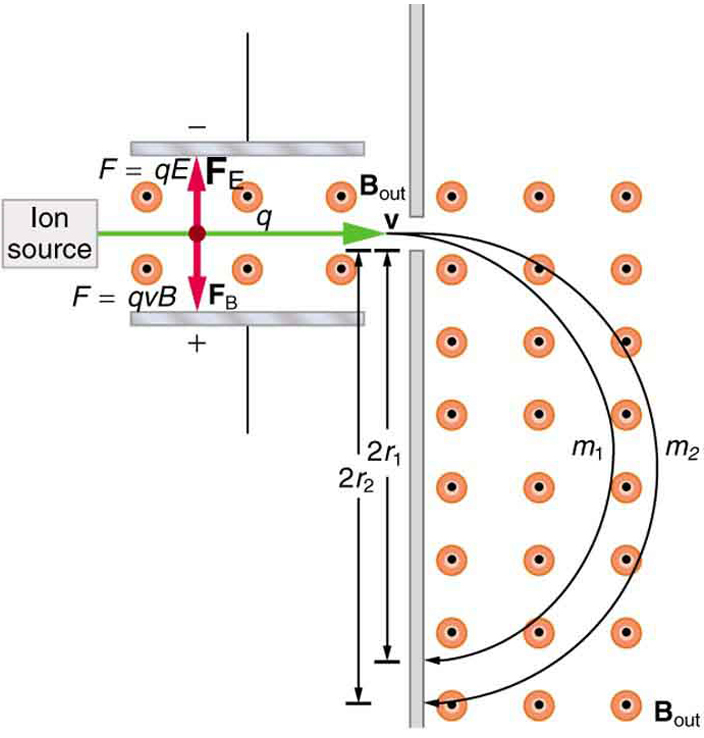
Practice Problem Examples
Example 1: Motion of a Charged Sphere
Scenario: A sphere with charge is accelerated across a potential difference and enters a magnetic field .
Initial Force Direction:
Solution: Using the RHR and reversing for negative charge, the force is towards the bottom of the page.
Path Description:
Solution: The particle follows a circular path curving downwards.
Speed at Opening:
Solution: Use conservation of energy:
Radius of Path:
Solution: Substitute into the radius formula:
Example 2: Identifying Charges
Scenario: Five particles pass through a uniform magnetic field. Which particle is positively charged?
Solution:
Use the RHR for each particle, noting the direction of the force and curvature.
Result:
Positive Charge: Particle , as it curves in the expected direction based on the RHR.
Negative Charges: Particles.
Neutral Particle: Particle , as it shows no deflection.
Key Takeaways
Magnetic Forces:
Depend on charge, velocity, and field strength.
Cause charged particles to follow curved paths.
Right-Hand Rule:
Essential for determining force direction.
Applications:
From TVs to particle accelerators, magnetic fields are crucial in modern technology.







